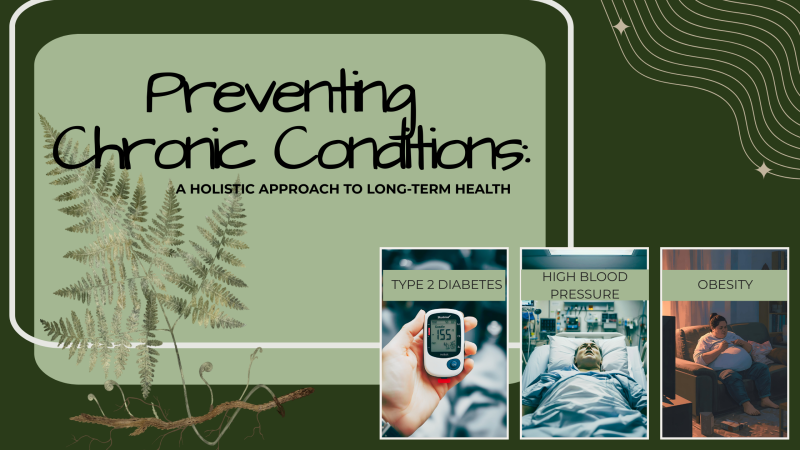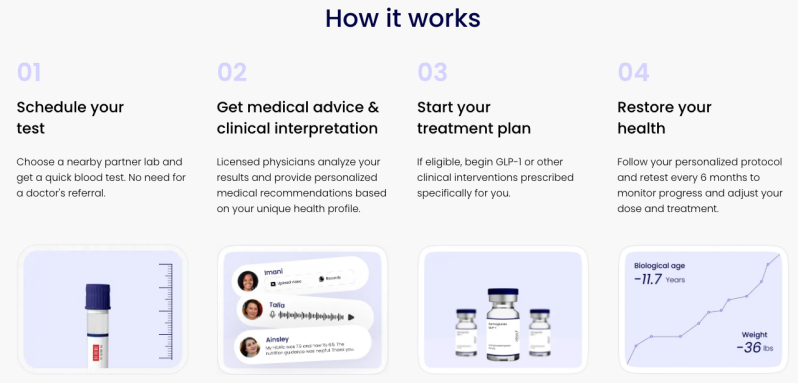
Understanding Metabolic Syndrome: What It Is and How to Reduce Your Risk
Metabolic health plays a major role in your overall well-being, and one condition that has gained attention in recent years is metabolic syndrome. It’s more common than many people realize, and while it can increase the risk of serious health concerns, there are practical steps you can take to reduce your risk and protect your long-term health.
What Is Metabolic Syndrome?
Metabolic syndrome isn’t a single disease—it’s a cluster of conditions that occur together, increasing the risk of heart disease, stroke, and type 2 diabetes.
A person is typically diagnosed with metabolic syndrome if they have three or more of the following risk factors:
-
Abdominal obesity (excess fat around the waist)
-
High blood pressure
-
Elevated blood sugar levels
-
High triglycerides (a type of fat in the blood)
-
Low HDL cholesterol (“good” cholesterol)
Having metabolic syndrome means your body’s ability to regulate metabolism—how it processes energy, sugar, and fat—is impaired. Over time, this can place extra strain on the heart, blood vessels, and other organs.
Why It Matters
Metabolic syndrome is concerning because it significantly increases the risk of developing:
-
Heart disease
-
Stroke
-
Type 2 diabetes
-
Chronic inflammation
The good news? Lifestyle changes can make a big impact in lowering risk factors, even if you’ve already been diagnosed.
Components of Metabolic Syndrome
-
- Abdominal obesity: Waist circumference of 40 inches or more in men and 35 inches or more in women
- High blood pressure: Systolic blood pressure of 130/80 mmHg or higher
- High fasting blood sugar: Fasting blood glucose level of 100 mg/dL or higher
- High triglycerides: Triglyceride level of 150 mg/dL or higher
- Low HDL (good) cholesterol: HDL cholesterol level of less than 40 mg/dL in men and less than 50 mg/dL in women
Causes:
The exact causes of metabolic syndrome are not fully understood, but factors that contribute to its development include:
- Obesity: Excess body fat, especially around the waist
- Physical inactivity: Lack of regular exercise
- Unhealthy diet: High intake of processed foods, sugary drinks, and unhealthy fats
- Insulin resistance: When the body does not use insulin effectively, leading to high blood sugar levels
- Genetics: Some people may have a genetic predisposition to developing metabolic syndrome
Diagnosis:

Key Facts About Metabolic Syndrome
-
1 in 3 adults in the U.S. has metabolic syndrome — and many don’t even know it.
-
Having metabolic syndrome doubles your risk of developing heart disease.
-
It also increases your risk of type 2 diabetes by up to 5 times.
-
Abdominal obesity (belly fat) is one of the strongest indicators of metabolic syndrome.
-
Even modest lifestyle changes — like losing 5–10% of body weight — can significantly lower risk factors.
-
Regular exercise improves insulin sensitivity, lowering blood sugar and reducing risk.
-
A diet rich in fiber and healthy fats can improve cholesterol and triglyceride levels.
-
Metabolic syndrome is largely preventable with lifestyle changes such as better nutrition, consistent activity, stress management, and adequate sleep.
-
Chronic stress and poor sleep can worsen risk factors by raising cortisol, blood pressure, and cravings for processed foods.
-
People with metabolic syndrome often experience no obvious symptoms, making regular checkups important for early detection.
The bottom line: metabolic syndrome may be common, but it’s not inevitable. Your daily choices play a powerful role in prevention and reversal.
Treatment:
-
Weight loss:Losing even a small amount of weight can significantly improve metabolic health.
-
Physical activity:Aim for at least 150 minutes of moderate-intensity exercise per week.
-
Healthy diet:Consume a balanced diet rich in fruits, vegetables, whole grains, and lean protein.
-
Medications:Medications may be prescribed to lower blood pressure, cholesterol, or blood sugar levels.


Complications:
If left untreated, metabolic syndrome can increase the risk of developing:
heart disease, stroke, and type-2 diabetes.
How to Reduce Risk Factors for Metabolic Syndrome
1. Prioritize a Balanced Diet
-
Choose whole foods: fruits, vegetables, whole grains, lean proteins, and healthy fats.
-
Reduce refined carbs and added sugars that spike blood sugar.
-
Include fiber-rich foods like beans, oats, and leafy greens to improve cholesterol and stabilize blood sugar.
-
Opt for healthy fats such as avocados, olive oil, nuts, and fatty fish to support heart health.
2. Move Your Body Regularly
-
Aim for 150 minutes of moderate exercise per week, such as brisk walking, cycling, or swimming.
-
Add strength training 2–3 times per week to build muscle, which helps regulate blood sugar.
-
Even small habits—like taking the stairs or going for a 10-minute walk after meals—add up.
3. Maintain a Healthy Weight
-
Losing even 5–10% of body weight can significantly improve insulin sensitivity and blood pressure.
-
Focus on sustainable lifestyle habits, not quick fixes.
4. Manage Stress
-
Chronic stress raises cortisol, which can worsen belly fat, blood pressure, and blood sugar.
-
Try mindfulness practices like deep breathing, meditation, or journaling.
-
Spending time outdoors or practicing yoga are also effective stress relievers.
5. Improve Sleep Quality
-
Aim for 7–9 hours of quality sleep per night.
-
Poor sleep is linked to insulin resistance, weight gain, and increased cravings for unhealthy foods.
6. Quit Smoking and Limit Alcohol
-
Smoking increases the risk of heart disease and insulin resistance.
-
Excess alcohol can raise blood pressure and triglyceride levels—limit to moderate intake.




Add comment
Comments